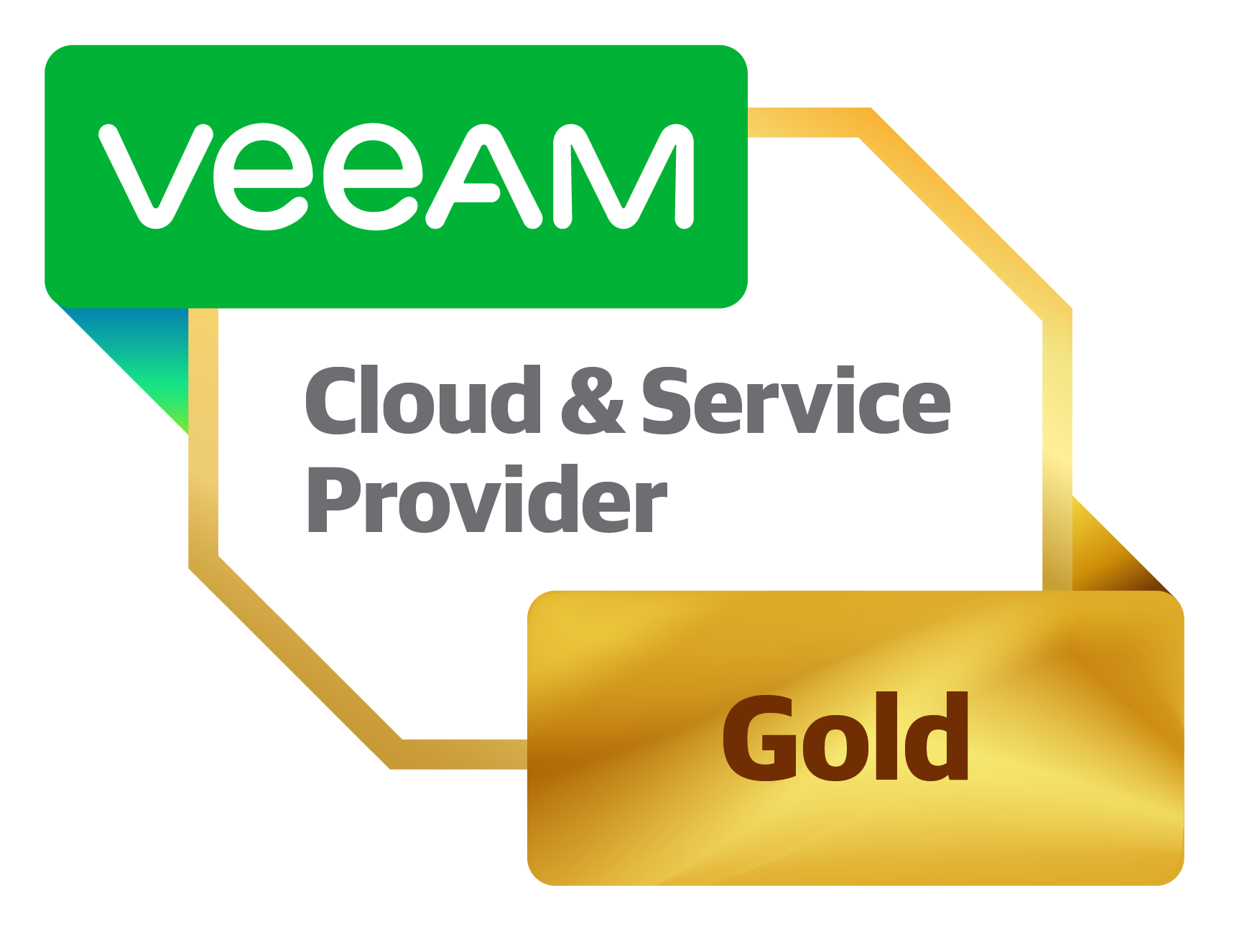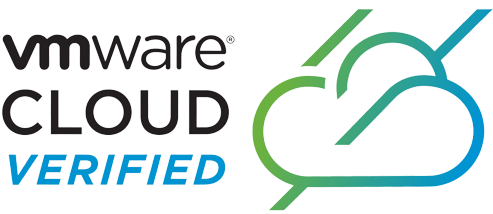By Barry Kemp, Head of Division at Nymbis Cloud Solutions
Data. It’s all just a bunch of ones and zeros, really. But, when managed properly and made readily available at all times, it’s what’ll keep companies of almost every size not just in business but growing too. That’s just one of the reasons an increasing number of companies are moving their operations to the cloud. Cloud computing also offers additional benefits, including business agility, scalability and flexibility. Not to mention crucial uptime guarantees in a country staring down prolonged bouts of Stage 6 loadshedding.
The Hidden Costs of Cloud Migration
That said, a valid concern for CFOs is the potential for multiple unexpected costs post cloud migration. These can include everything from data transfer fees to network charges and additional infrastructure costs. All of these costs can quickly add up and cause budget overruns, which can have a significant impact on the bottom line.
That’s because cloud migration is actually a complex process. One that involves moving business applications, data, and infrastructure to a whole new environment. Every business is unique, and their cloud strategy should be too. So, knowing what to move, where to move it to and what to keep in place is key.
In addition to those hidden and often unexpected post migration costs, the ongoing costs of cloud services can also be a concern. Many cloud providers offer pay-as-you-go pricing models – while this can be beneficial for organisations with fluctuating workload requirements, it can also make budgeting and forecasting a challenge, as monthly expenses are difficult to predict.
Vendor lock-in is another red flag. Once an organisation has migrated to the cloud, it can be challenging to switch providers, which can limit a company’s ability to negotiate favourable pricing or take advantage of new technologies elsewhere. This lack of flexibility can result in higher costs over time.
How to Avoid Falling into a Cloud Money Pit
To address these concerns, CFOs should take a strategic approach to cloud migration. This means developing a comprehensive plan that takes all potential costs, including migration, ongoing maintenance and future upgrades into consideration. CFOs must also work closely with their cloud service provider and internal IT teams to ensure their cloud services are being used efficiently and that costs are being managed effectively once migration is complete.
The first step involves negotiating a clear pricing structure with cloud vendors from the start. One that includes a detailed breakdown of all costs involved, including any potential hidden fees. CFOs should also consider using cloud cost management tools that can help track usage and identify potential cost-saving opportunities in the future.
Putting a multi-cloud strategy in place will help take care of the issue of vendor lock-in, as it involves using multiple cloud providers. A multi-cloud strategy can also help organisations take advantage of new technologies and services as they become available.
As scary as post cloud migration costs may be, by taking a strategic approach and working closely with IT teams and the right cloud vendors, CFOs can minimise risks to ensure their companies reap the full benefits of Cloud migration without incurring any unnecessary costs.








